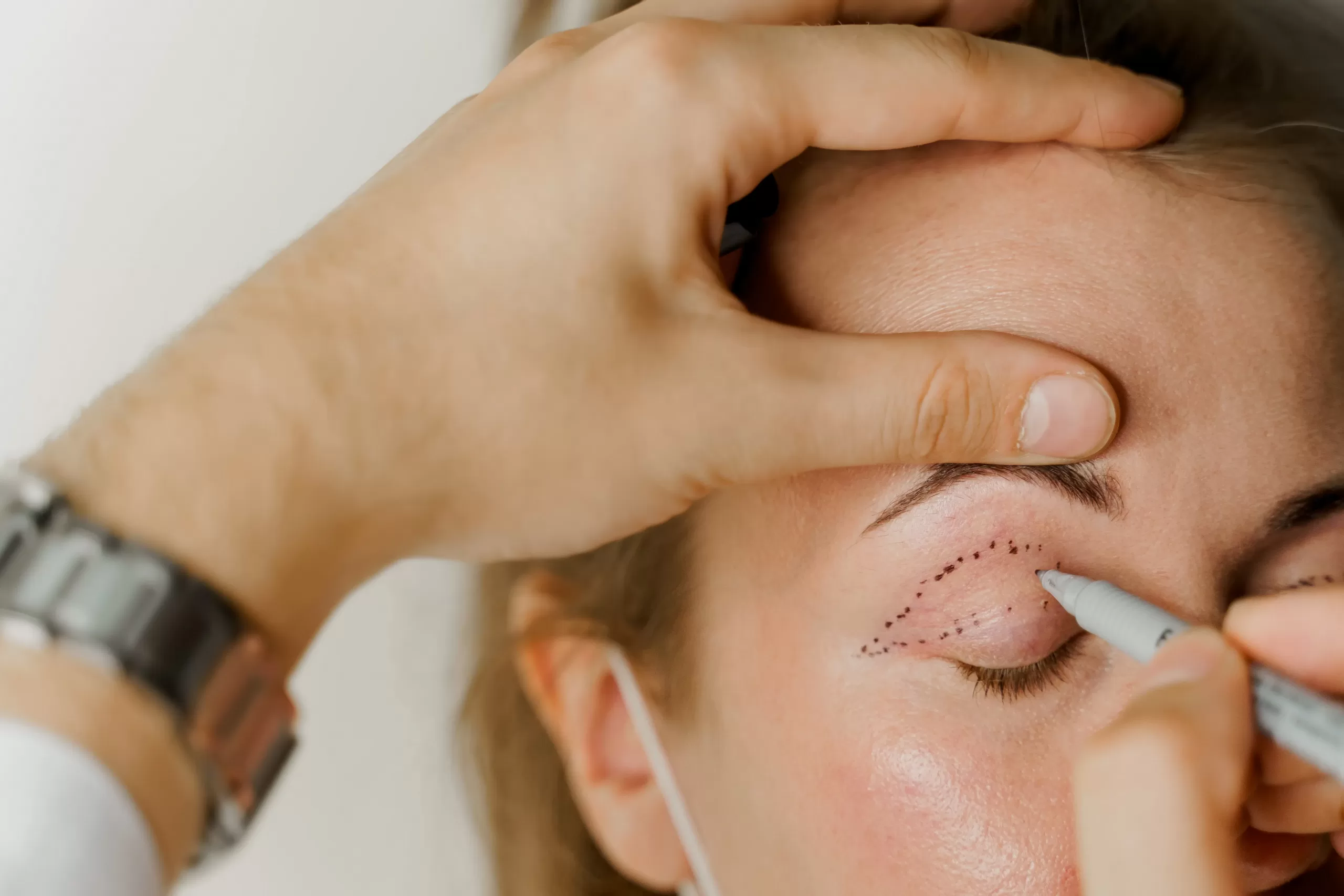Human papillomavirus (HPV)
Medically Reviewed by Dr Aifric Boylan
Last updated on 04.07.2024
Human papillomavirus or HPV is the most commonly transmitted sexual infection. In fact, if you have had any kind of sensual or intimate skin-to-skin contact with another person, regardless of whether it involved penetration, it is likely you have been exposed to this virus. It is considered a normal part of sexual interaction with over 85% of people carrying the virus in their body at some time in their lives.
Types and transmission of HPV
There are over 100 types of HPV and most of them enter your body and leave within two years without any harm. This means you get it and clear it without even knowing. A smaller amount of the virus can cause warts and an even smaller amount are high-risk and can cause cancer in the throat, anus, and genitals—any part of the body you use for sex. Because this virus can live in the throat, vagina, vulva, anus, scrotum, and penis, condoms cannot completely prevent transmission. The more partners you have, the more chance you have of being exposed to multiple different strains.
Testing and Diagnosis
Currently in Australia, there is no test for HPV in men. Doctors can diagnose HPV by examining you and looking for warts. Women get tested for 15 types of high-risk HPV every time they have a cervical screening test (previously known as a pap smear), which is usually every 5 years.
HPV Vaccination in Australia
Australia began vaccinating for HPV in 2007, starting with only females and males added to the immunisation schedule in 2013. Since then, rates of genital warts and cervical cancer have plummeted and a similar result is likely to occur for HPV-related cancers. The current vaccination schedule in Australia recommends 12-13 year old boys and girls being vaccinated for this virus with Gardasil-9. This vaccine contains 9 strains of HPV protein to protect against genital warts and cancers. Vaccination is done at this age in an attempt to provide immunity in adolescents that are about to become sexually active.
Side effects and availability of the HPV vaccine
Side effects of the vaccine are similar to any other, including redness, swelling and pain at the site (upper arm). The vaccine cannot give you HPV because it only contains the protein, not the active virus. Anyone can receive this vaccine at any age, although the Australian government only provides free vaccination until 25 years old. This means if you have been in a monogamous relationship for decades and due to situational changes you start dating multiple people, you may benefit from getting this vaccine even if you are in your fourth, fifth, sixth decade or more of life.
Dosing of the HPV Vaccine
Dosing of the vaccine depends on your age, which means you may require one, two, or three doses of Gardasil-9. Speak to your GP about warts, HPV, and vaccination.
What is a hysterectomy and when is it needed?
What is a hysterectomy and when is it needed? A hysterectomy is a surgical procedure to remove a woman's uterus (womb), usually performed by a gynaecologist. It is commonly [...]
Eyelid cosmetic surgery
Is Eyelid Cosmetic Surgery Right for You? Are your eyelids feeling heavy? Do they affect your vision, making everything blurry or giving you a sense of constant fatigue? Do [...]
How to get the most out of your doctor’s appointment
How to get the most out of your doctor’s appointment Have you had a bad experience with doctors? Are you nervous about your next doctor’s appointment? Whether you are [...]






